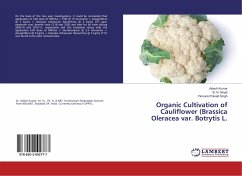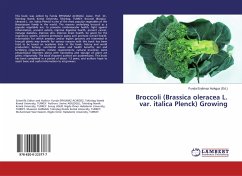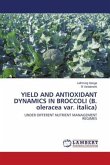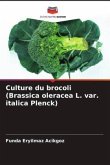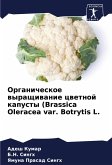Kale has been cultivated for over 2,000 years. In much of Europe it was the most widely eaten green vegetable until the Middle Ages when cabbages became more popular. Historically it has been particularly important in colder regions due to its resistance to frost. Kale belongs to the Brassicaceae family. It is considered to be closer to wild cabbage the most domesticated forms. Kale is a Scottish word derived from coles or caulis, terms used by the Greek and Romans in referring to the cabbage like group of plants. The plant does not form a solid head and the highly curled, bluish green leaves are the edible portion. Kale is one of the oldest form of cabbage, originating in the eastern Mediterranean region of Europe, and is somewhat similar in appearance to a leafy canola plant. Kale was known to the ancient Greeks and several cultivars were described by Cato around 200 B.C. Sometime soon after the first domestication of plants, the ancestral plant was being grown as a leafy vegetable around the Mediterranean region. Because the leaves were the part of the plant consumed those plants with the largest leaves were selectively propagated for next year's crop.
Bitte wählen Sie Ihr Anliegen aus.
Rechnungen
Retourenschein anfordern
Bestellstatus
Storno


